Fried noodles, a dish beloved across continents, is a testament to the versatility and universal appeal of simple ingredients transformed by skill and creativity. Whether you call it chow mein, yakisoba, or pad thai, the essence remains the same: perfectly cooked noodles tossed with aromatic vegetables, tender proteins, and a harmonious blend of sauces. Crafting the ideal plate of fried noodles is both an art and a science, requiring attention to detail, timing, and an understanding of flavor balance. This guide will walk you through the techniques, ingredients, and secrets to elevating your fried noodles from ordinary to extraordinary.
The Foundation: Choosing the Right Noodles
The backbone of any great fried noodle dish is the noodle itself. The type you choose will dictate the texture, flavor, and overall success of your dish. Here’s a breakdown of common options:
-
Egg Noodles: These are a staple in Chinese cuisine, offering a springy texture and subtle richness. Fresh egg noodles (often sold refrigerated) cook faster and have a softer bite, while dried egg noodles require boiling but hold up well during stir-frying.
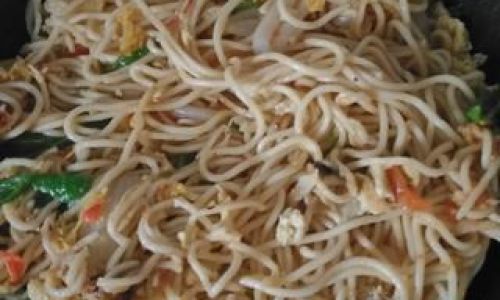
-
Rice Noodles: Popular in Southeast Asian dishes like pad thai, rice noodles are gluten-free and have a delicate, slippery texture. They come in various widths—thin (vermicelli), medium, and flat—each suited to different recipes.
-
Udon Noodles: Thick, chewy wheat noodles common in Japanese cuisine, udon adds a hearty texture to dishes like yakiudon.
-
Ramen Noodles: With their curly shape and springy texture, ramen noodles are ideal for dishes requiring a robust base, such as yakisoba (though technically made with a different noodle, the term is often used interchangeably).
-
Soba Noodles: Made from buckwheat flour, these earthy noodles are a Japanese specialty and pair well with light, umami-rich sauces.
Pro Tip: Always follow the package instructions for cooking times. Overcooked noodles become mushy, while undercooked ones will absorb excess oil during stir-frying. Rinse cooked noodles under cold water to halt cooking and prevent sticking, then toss with a drizzle of oil to keep them separate.
Building Flavor: Sauces and Seasonings
The magic of fried noodles lies in the sauce—a carefully calibrated blend of salty, sweet, savory, and aromatic elements. Here are the essential components:
-
Soy Sauce: The workhorse of Asian cooking, soy sauce adds saltiness and depth. Light soy sauce seasons the dish, while dark soy sauce contributes color and richness.
-
Oyster Sauce: A thick, briny sauce made from oysters, it imparts umami and a hint of sweetness. Vegetarian oyster sauce (made from mushrooms) is a plant-based alternative.
-
Hoisin Sauce: Sweet and tangy, hoisin sauce adds complexity to dishes like Singapore noodles.
-
Sesame Oil: Toasted sesame oil lends a nutty aroma and rounds out flavors. Use it sparingly as a finishing touch.
-
Vinegar: Rice vinegar or black vinegar balances richness with acidity.
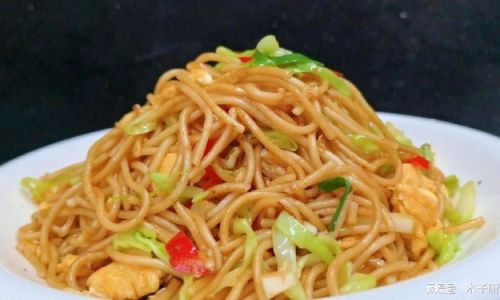
-
Aromatics: Fresh garlic, ginger, and scallions are non-negotiable for building flavor. For heat, add chili paste, Sriracha, or fresh chili peppers.
Secret Weapon: A pinch of sugar or honey can elevate the dish by balancing saltiness and enhancing caramelization.
Protein Power: Choosing and Preparing Meats and Tofu
Fried noodles are a canvas for proteins. Here’s how to maximize their flavor:
-
Chicken or Beef: Slice thinly against the grain for tenderness. Marinate in soy sauce, cornstarch, and baking soda for 15–30 minutes to tenderize.
-
Shrimp: Use large shrimp, peeled and deveined. Pat dry to prevent steaming during cooking.
-
Tofu: Extra-firm tofu pressed to remove moisture. For crispy texture, coat in cornstarch before frying.
-
Eggs: Scrambled eggs add richness. Cook them separately and set aside before adding to the noodles.
Pro Tip: Cook proteins in batches to avoid overcrowding the pan, which lowers the temperature and causes steaming instead of searing.
Vegetables: Crisp, Colorful, and Quick-Cooking
Vegetables provide texture, freshness, and nutrients. Opt for quick-cooking varieties:
-
Crunchy: Carrots, bell peppers, snap peas, and bean sprouts.
-
Leafy Greens: Bok choy, spinach, or cabbage (add during the last minute to avoid wilting).
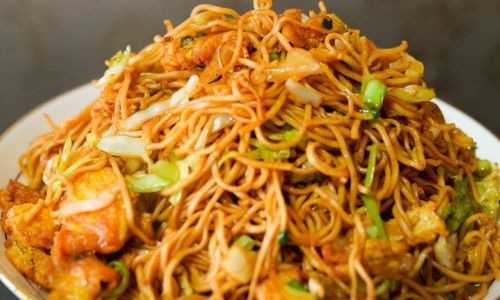
-
Aromatics: Garlic, ginger, and shallots should be minced or sliced thinly for maximum flavor release.
Prep Hack: Prep all vegetables and proteins before heating the pan—stir-frying happens fast!
The Stir-Frying Technique: Fire and Speed
Stir-frying is the heart of fried noodle cooking. Here’s how to master it:
-
Heat Your Pan: Use a wok or large skillet over high heat. A well-seasoned carbon-steel wok distributes heat evenly, but a stainless-steel or cast-iron pan works too.
-
Oil Temperature: Add oil (peanut, vegetable, or canola) only when the pan is screaming hot. This prevents sticking and ensures a quick sear.
-
Cook in Batches: Start with aromatics (garlic, ginger), then proteins, followed by vegetables. Remove each component and set aside while cooking the noodles.
-
Noodle Tossing: Add noodles to the hot pan and drizzle with sauce. Toss vigorously using tongs or a spatula to coat evenly. Avoid stirring too gently—you want the noodles to caramelize slightly.
-
Finish Strong: Return proteins and vegetables to the pan, toss to combine, and finish with a drizzle of sesame oil and a sprinkle of herbs (cilantro, basil) or garnishes (toasted sesame seeds, lime wedges).
Wok Hei Secret: The coveted “breath of the wok”—a smoky, charred flavor—comes from high heat and quick tossing. Don’t be afraid of a little char!
Regional Variations: Exploring Global Flavors
Fried noodles are a chameleon, adapting to local ingredients and spices. Here’s a taste of global styles:
-
Chinese Chow Mein: Egg noodles stir-fried with cabbage, carrots, and soy sauce, often finished with a crispy noodle nest.

-
Singapore Noodles: Vermicelli tossed with curry powder, shrimp, and bell peppers, yielding a vibrant, aromatic dish.
-
Japanese Yakisoba: Thick noodles with pork, cabbage, and a tangy-sweet sauce, often topped with pickled ginger and aonori seaweed.
-
Thai Pad Thai: Rice noodles with tamarind, fish sauce, peanuts, and lime—a balance of sweet, salty, and sour.
-
Indonesian Mie Goreng: Sweet soy sauce (kecap manis), shrimp, and chili create a caramelized, spicy-sweet masterpiece.
Experiment: Mix and match ingredients to create your own fusion dish. Try adding kimchi for a Korean twist or pineapple for a tropical flair.
Troubleshooting Common Mistakes
Even seasoned cooks stumble. Here’s how to fix issues:
-
Soggy Noodles: Undercook them slightly before stir-frying. Ensure the pan is hot enough to evaporate excess moisture.
-
Bland Flavor: Amp up the sauce or add a splash of vinegar/lime for brightness. Don’t forget fresh herbs!
-
Overcooked Vegetables: Add delicate veggies (spinach, bean sprouts) during the final toss.
-
Greasy Dish: Use a high smoke-point oil and avoid overcrowding the pan. Pat proteins dry before cooking.
Customization and Dietary Adaptations
Fried noodles are incredibly adaptable:
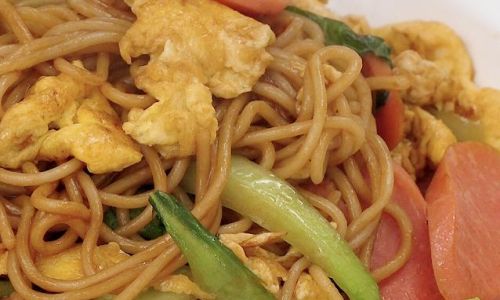
-
Vegetarian/Vegan: Swap meat for tofu, tempeh, or mushrooms. Use vegetarian oyster sauce and miso for umami.
-
Gluten-Free: Opt for rice noodles and tamari (gluten-free soy sauce).
-
Low-Carb: Try shirataki noodles or zucchini noodles. Adjust cooking time to avoid mushiness.
Presentation and Serving Suggestions
Elevate your dish with thoughtful presentation:
-
Garnishes: Fresh cilantro, basil, lime wedges, chopped peanuts, or chili flakes.
-
Sides: Pair with pickled vegetables, a crisp cucumber salad, or a bowl of miso soup.
-
Plating: Mound noodles high for texture, or arrange them flat to showcase colorful ingredients.
Conclusion: The Joy of Experimentation
The beauty of fried noodles lies in their flexibility. Once you master the basics—choosing quality noodles, balancing flavors, and mastering stir-fry technique—the possibilities are endless. Don’t fear experimentation: try new proteins, unconventional vegetables, or unexpected sauces. The goal is not perfection but a dish that delights your palate and reflects your culinary creativity.
Whether you’re cooking for a weeknight dinner or impressing guests, a plate of perfectly executed fried noodles is a universal crowd-pleaser. So grab your wok, crank up the heat, and let the sizzle begin!
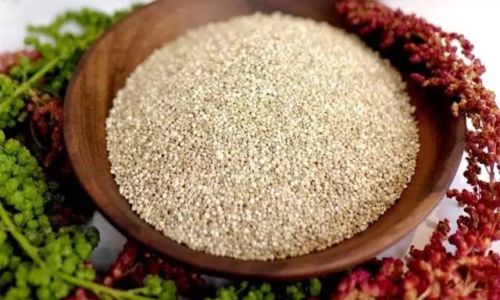
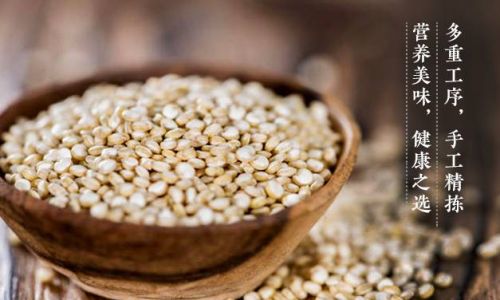
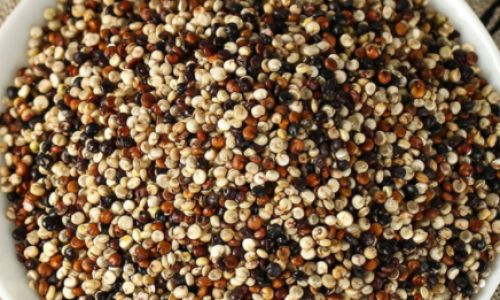
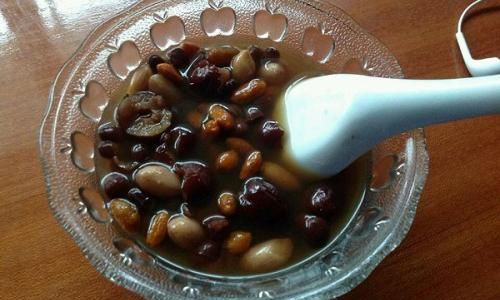

0 comments